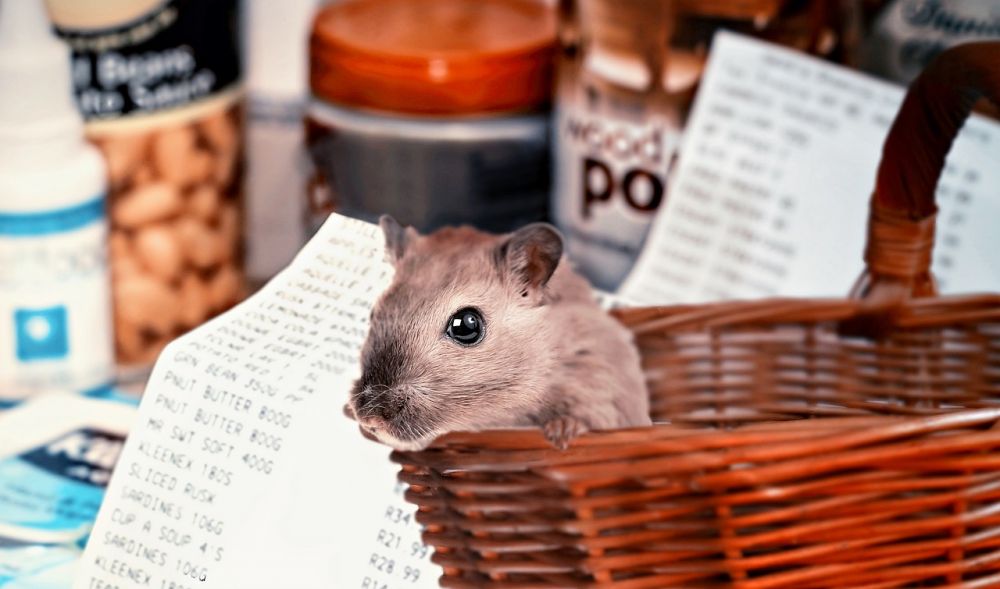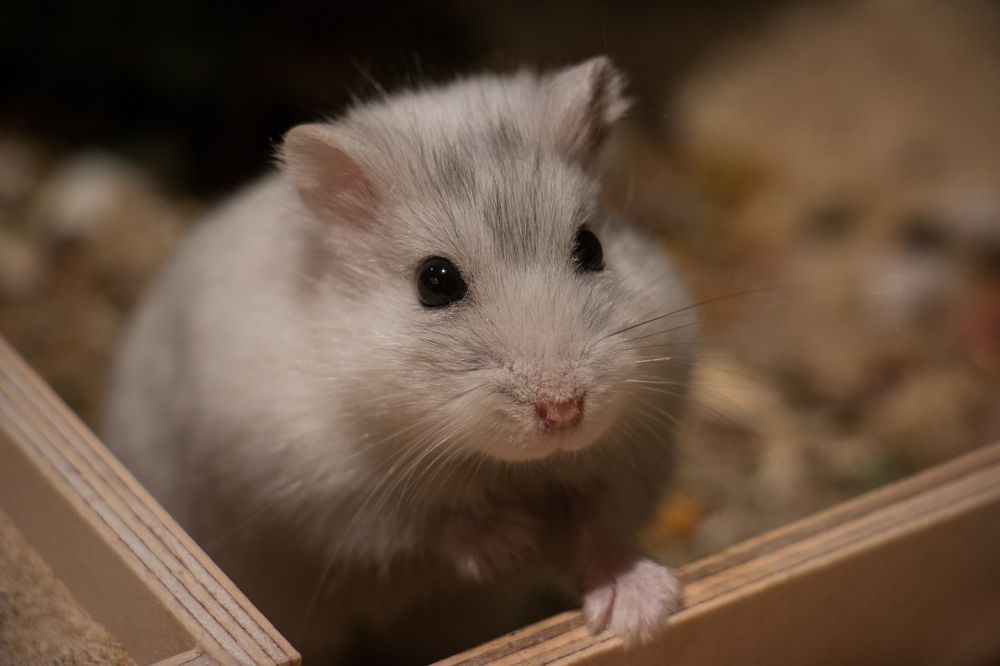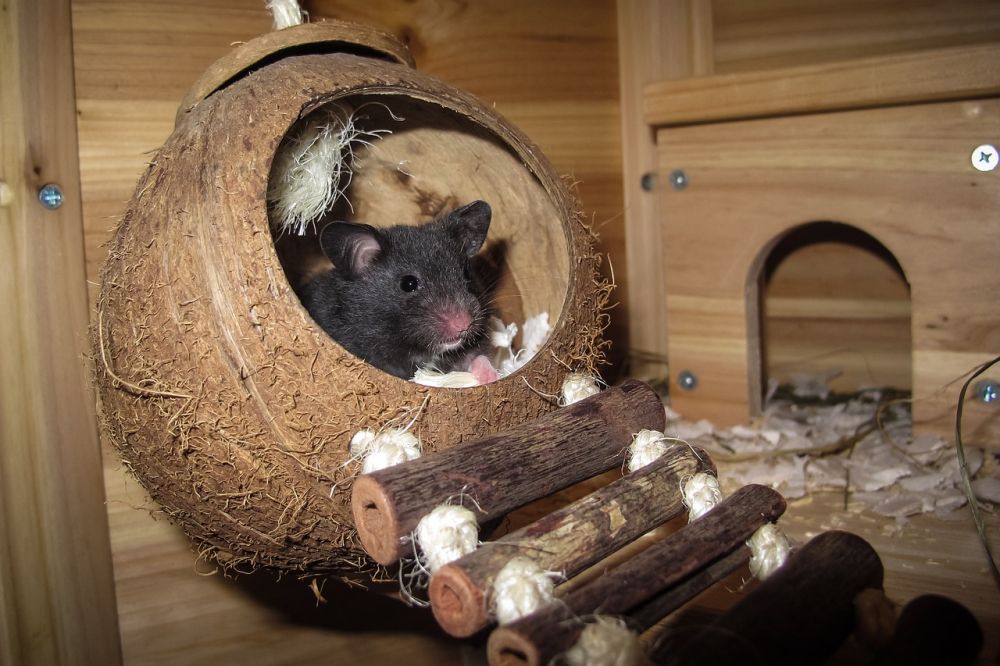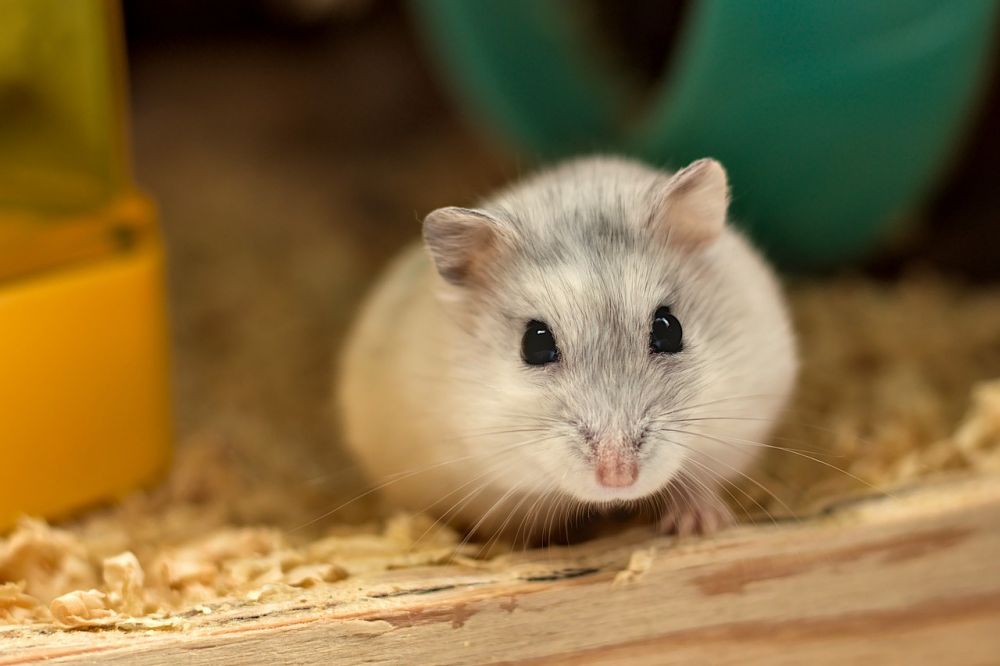Hamster tänder - En grundlig översikt
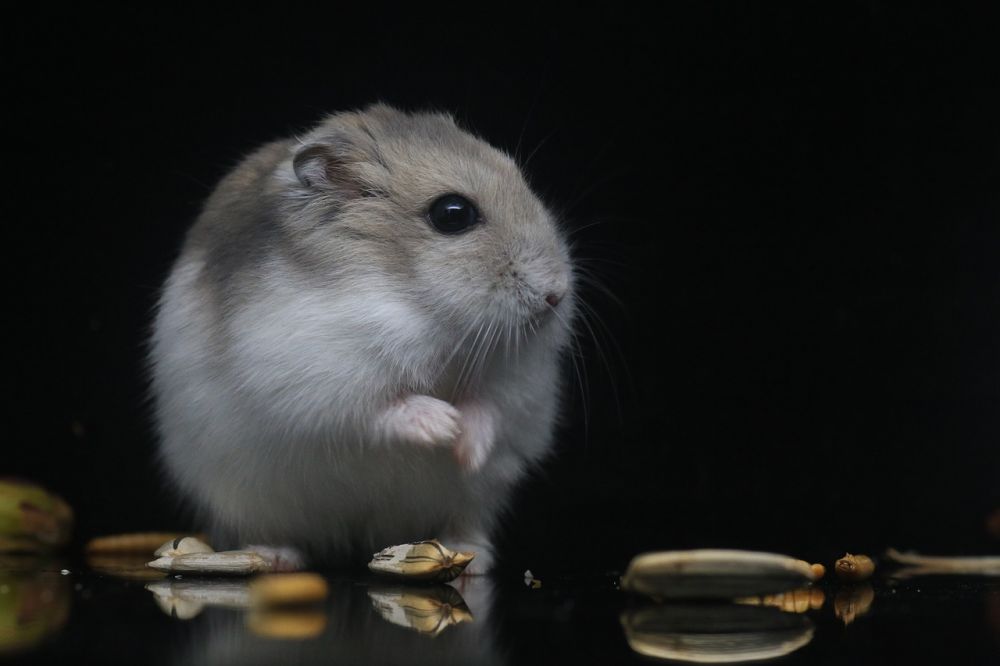
Introduction
Hamsters are popular pets known for their small size, adorable appearance, and unique behaviors. One fascinating aspect of hamsters is their teeth, which play a vital role in their daily activities and overall health. In this article, we will provide a comprehensive overview of hamster teeth, including their types, popular varieties, quantitative measurements, differences between various hamster teeth, and a historical analysis of the advantages and disadvantages associated with different types of hamster teeth.
1. Understanding Hamster Teeth
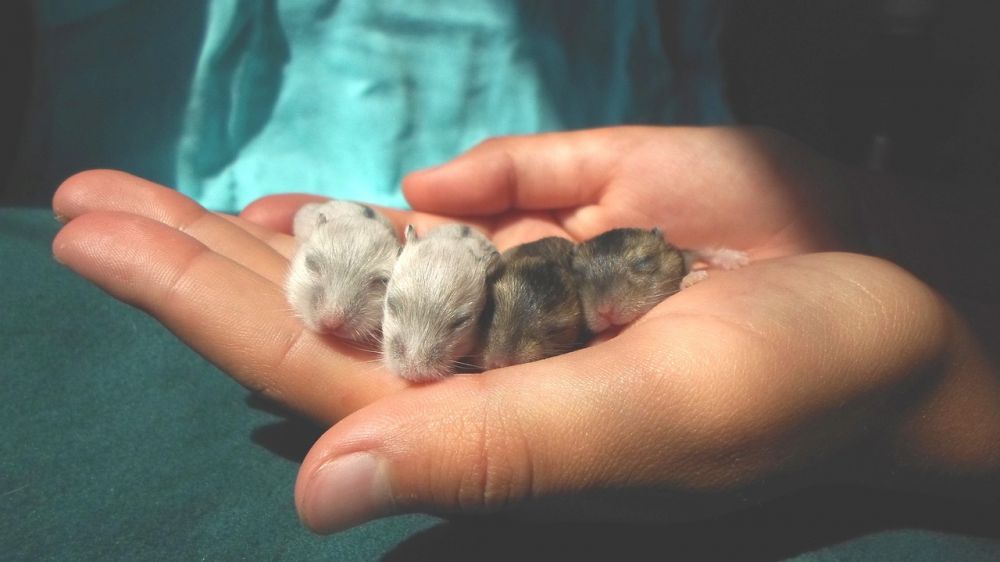
Hamster teeth are an essential feature of their anatomy, allowing them to chew, gnaw on objects, and eat their food effectively. Hamsters have two main types of teet incisors and molars.
2. Types of Hamster Teeth
a. Incisors: Hamsters possess four prominent incisor teeth, two in the upper jaw and two in the lower jaw. These incisors are continuously growing, and their constant growth requires hamsters to chew on a variety of materials to maintain proper dental health.
b. Molars: In addition to incisors, hamsters have molars located at the back of their mouths. Molars aid in grinding and chewing food, ensuring its digestion. However, molars do not grow as rapidly as incisors.
3. Popular Varieties of Hamster Teeth
a. Short Incisors: Some hamsters have shorter incisors, which may require less maintenance and chewing compared to longer incisors.
b. Long Incisors: Other hamsters have longer incisors, making it necessary for them to chew on hard objects frequently.
c. Different Molar Sizes: Hamsters may have varying sizes of molars, depending on their species. For instance, Syrian hamsters often have larger molars compared to dwarf hamsters.
4. Quantitative Measurements of Hamster Teeth
To quantify the growth of hamster teeth, various parameters can be measured, including the length and width of incisors and the size of molars. Research studies have shown that the average adult hamster incisor length ranges between 6 to 8 millimeters, with a width of approximately 1.5 millimeters. Molars, on the other hand, can vary in size but are typically around 2 to 3 millimeters in width.
5. Differences Between Hamster Teeth
The differences between hamster teeth lie mainly in their length, width, and the required maintenance. Hamsters with shorter incisors may have a more comfortable time managing their teeth’s growth, while those with longer incisors need to chew on harder materials to prevent overgrowth. Similarly, the size of molars also affects the chewing ability and food processing in hamsters.
6. Historical Analysis of Advantages and Disadvantages
Throughout history, breeders and pet enthusiasts have explored different types of hamster teeth and their advantages and disadvantages. For instance, longer incisors were initially considered a desirable trait, as they indicated a healthier dental structure. However, it was later discovered that longer incisors required more regular maintenance and increased the risk of overgrowth-related health issues. This led to a renewed appreciation for hamsters with shorter incisors.
Conclusion
In conclusion, hamster teeth play a crucial role in the overall health and well-being of these adorable pets. Understanding the different types of hamster teeth, their quantitative measurements, and the historical analysis of their advantages and disadvantages can help hamster owners make informed decisions regarding their pets’ dental care and dietary requirements. By providing appropriate chew toys and ensuring a balanced diet, hamster owners can promote excellent oral health and overall happiness for their furry companions.
References:
1. Smith, J. M., & Thompson, N. A. (2019). Dental anatomy, physiology, and occlusion. In Mader’s Reptile and Amphibian Medicine and Surgery (3rd ed., pp. 202-217). Elsevier.
2. Abu-El-Zahab, H. S., & Al-Badi, A. M. A. (2000). A stereomicroscopic study of postnatal growth and development of the incisor in the golden hamster. Journal of Anatomy, 196(3), 361-371.
3. Johnston, S. D. (2020). Rodent incisor biology: Development, structure, and function. Journal of Dental Research, 99(5), 494-501.
